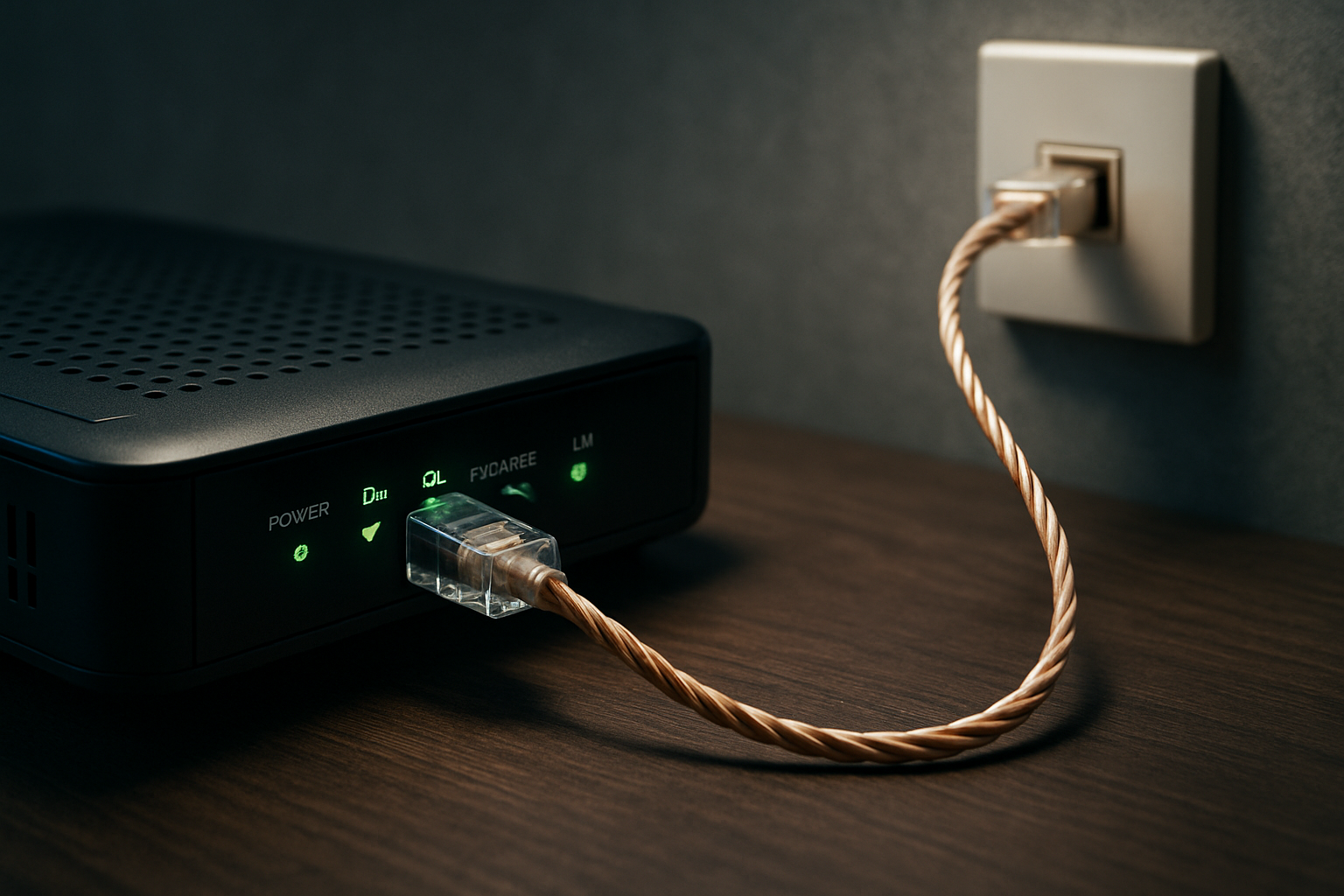Choosing the Right Internet Provider in the US: A Guide for Reliable Connectivity
In today’s connected world, having a reliable internet connection is essential for work, education, and entertainment. With numerous internet providers in the United States, choosing the right one can be overwhelming. Understanding the different types of services, speed options, pricing plans, and customer support quality is crucial. Making an informed choice ensures fast, stable, and cost-effective internet access tailored to your household or business needs.

Navigating the landscape of internet providers in the United States can feel like a daunting task. With multiple technologies, varying coverage areas, and complex pricing structures, finding the right internet service provider (ISP) requires careful consideration. Whether you’re moving to a new location, dissatisfied with your current service, or simply exploring better options, understanding the fundamentals of internet services will help you make an informed decision that meets your connectivity needs without unnecessary costs.
Types of Internet Services Available in the US
Internet service in the United States comes in several forms, each with distinct advantages and limitations. Digital Subscriber Line (DSL) uses existing telephone lines to deliver internet access with speeds typically ranging from 5-35 Mbps. Cable internet, transmitted through the same coaxial cables that deliver television services, offers faster speeds between 25-500 Mbps for most residential users.
Fiber optic internet represents the newest and fastest technology, capable of delivering symmetrical speeds of up to 1 Gbps or more. However, fiber availability remains limited to certain urban and suburban areas. For rural locations, satellite internet provides nationwide coverage with speeds between 12-100 Mbps, though often with higher latency and stricter data caps.
Fixed wireless and 5G home internet are emerging alternatives that transmit signals through cellular networks or dedicated wireless connections, offering another option for areas underserved by traditional wired infrastructure.
Factors to Consider When Choosing a Provider
When evaluating internet providers, availability should be your first consideration, as geographic location significantly limits options. Use provider websites or third-party comparison tools to determine which services reach your address. Next, assess your household’s bandwidth requirements based on the number of connected devices and typical online activities.
Reliability is equally crucial—research providers’ uptime statistics and read customer reviews about service consistency. Contract terms vary widely among providers; some require 1-2 year commitments while others offer month-to-month flexibility, often at a premium price. Installation costs and equipment fees can add significant expenses, so factor these into your decision-making process.
Privacy policies and data practices also deserve scrutiny, as some providers monitor browsing habits or impose data caps that could affect your internet experience.
Understanding Speeds, Data Limits, and Packages
Internet speeds are typically marketed with two numbers: download speed (for consuming content) and upload speed (for sending data). Most residential users prioritize download speeds, though those who frequently upload large files or participate in video conferencing should pay attention to upload capabilities as well.
Data caps restrict the amount of information you can transfer monthly, with overage charges applying once exceeded. While some providers offer truly unlimited data, others implement “soft caps” where speeds are reduced after reaching certain thresholds.
Service packages often bundle internet with TV, phone, or streaming services. These combinations can provide value but require careful analysis to ensure you’re not paying for unnecessary features. Many providers also offer tiered internet-only plans with escalating speeds at corresponding price points.
Customer Support and Service Reliability
The quality of customer service can make a significant difference in your overall satisfaction with an internet provider. Research response times for technical issues, availability of support channels (phone, chat, email), and whether support is handled in-house or outsourced.
Service level agreements (SLAs) outline the provider’s commitment to uptime and issue resolution. While residential services rarely include formal SLAs, business internet plans often do. Equipment quality also affects reliability—some providers offer basic modems and routers as part of the service, while others charge rental fees or encourage customers to purchase compatible devices.
Scheduled maintenance and network upgrades can cause temporary service interruptions, so understanding how providers communicate these events and their typical frequency is important for those requiring constant connectivity.
Tips for Finding the Best Deals and Promotions
Internet service pricing often includes promotional rates that increase after an initial period, typically 12-24 months. When comparing offers, calculate the total cost over the contract term, including any price increases. New customer promotions frequently provide the most competitive rates, sometimes including waived installation fees or free equipment.
Negotiating with providers can yield better terms, especially if you can reference competitors’ offers. Many companies have retention departments specifically tasked with keeping customers through customized deals not advertised publicly.
Some providers offer special discounts for students, seniors, military personnel, or low-income households through programs like the Affordable Connectivity Program. Additionally, bundling services sometimes creates genuine savings, though carefully evaluate whether all bundled services are necessary.
Major Internet Providers and Their Offerings
The US internet market features several nationwide providers alongside regional companies serving specific areas. Understanding the general landscape helps when researching options available at your address.
| Provider | Technology | Typical Speed Range | Notable Features |
|---|---|---|---|
| Xfinity | Cable, Fiber | 50 Mbps - 2 Gbps | Widespread availability, extensive WiFi hotspot network |
| AT&T | DSL, Fiber | 25 Mbps - 5 Gbps | No data caps on fiber plans, strong bundling options |
| Spectrum | Cable | 200 Mbps - 1 Gbps | Contract-free plans, included modem |
| Verizon Fios | Fiber | 300 Mbps - 2 Gbps | Symmetrical upload/download speeds, high reliability |
| CenturyLink | DSL, Fiber | 15 Mbps - 940 Mbps | Price-for-life guarantee on some plans |
| T-Mobile Home Internet | 5G/4G LTE | 35 Mbps - 115 Mbps | No contracts, simple pricing structure |
Prices, rates, or cost estimates mentioned in this article are based on the latest available information but may change over time. Independent research is advised before making financial decisions.
Selecting the right internet provider ultimately depends on balancing your specific needs with available options in your location. By understanding the different technologies, evaluating your usage requirements, and carefully comparing the total cost of service, you can secure reliable connectivity that supports your digital lifestyle without unnecessary expense. Remember that internet infrastructure continues to evolve, making it worthwhile to periodically reassess your options as new services become available in your area.




